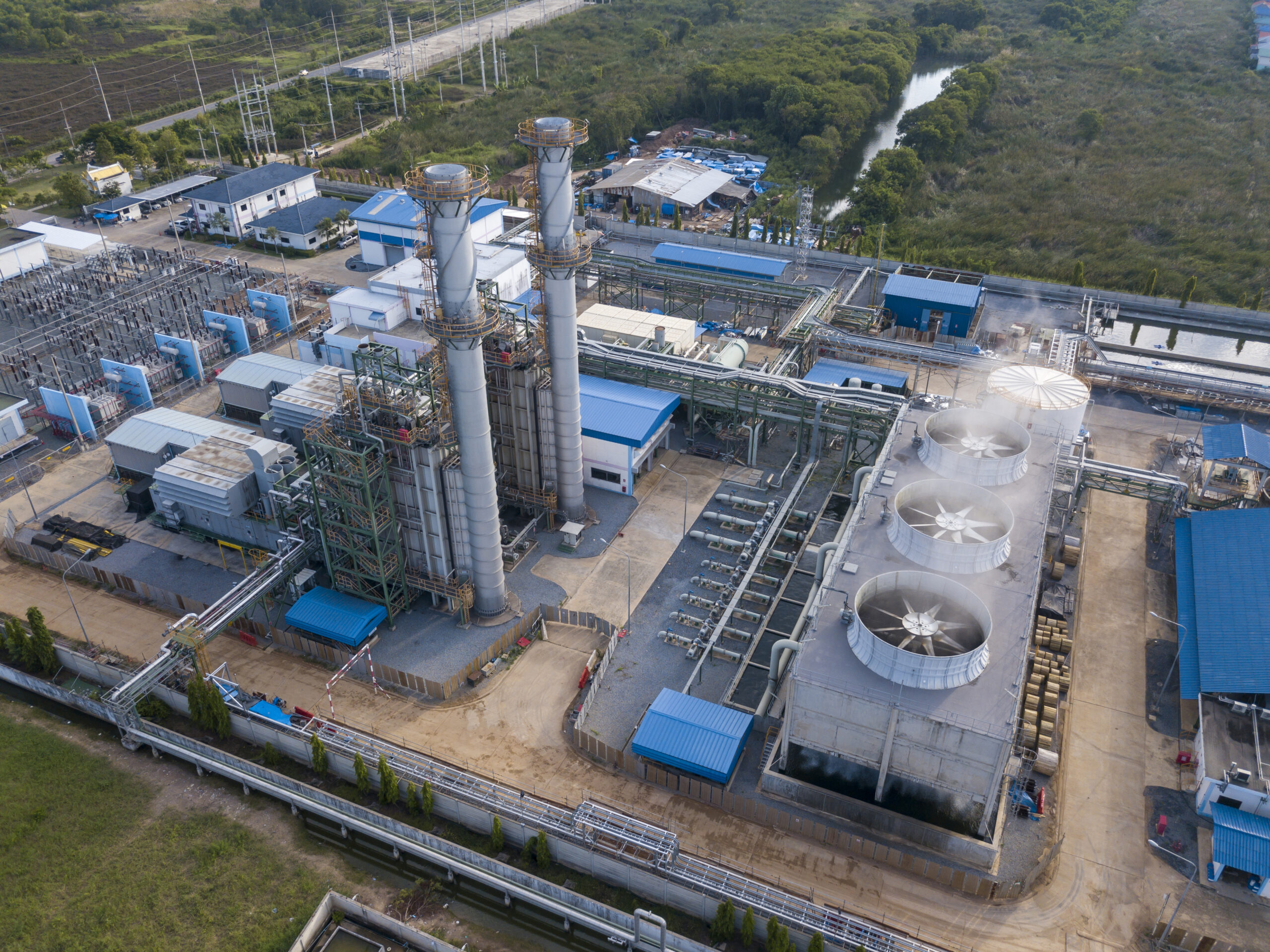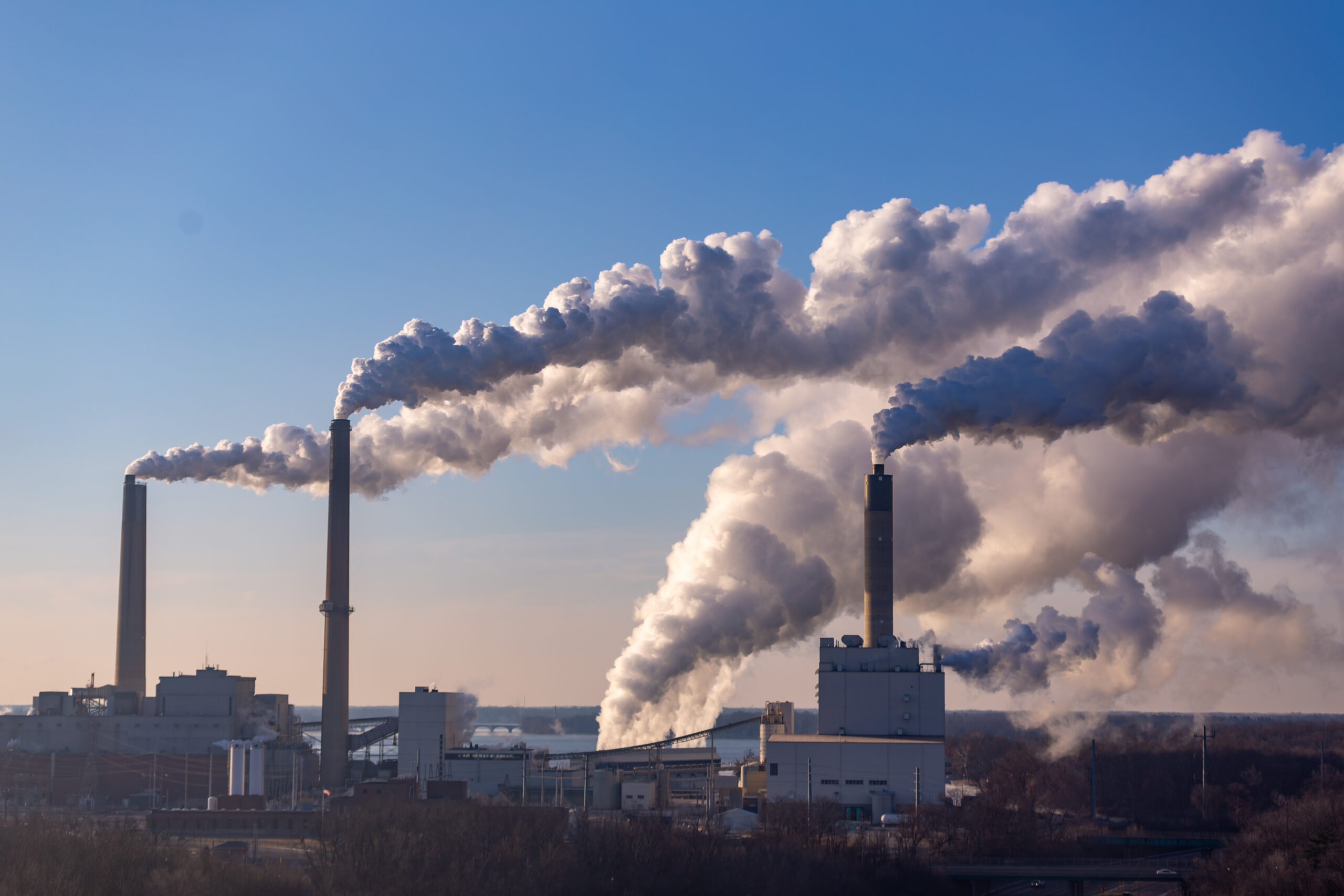Challenge
An energy provider operating a climate control facility for a commercial airport planned to replace two internal combustion engines with larger units to increase power output. The facility, classified as an area source for hazardous air pollutants (HAP), is located in a serious non-attainment area for ozone, triggering the need for a New Source Review (NSR) permit to meet state and federal air quality standards.

Solution
TRC led the air permitting process for the facility. Our practitioners conducted detailed air emissions estimates and performed a comprehensive regulatory review to assess compliance with applicable air quality regulations. We conducted ambient air quality impact dispersion modeling analyses to demonstrate that criteria air pollutant emissions from the new engines complied with State and National Ambient Air Quality Standards (AAQS) and below the Prevention of Significant Determination (PSD) increments. Our team worked closely with state agency staff to address potential noncompliance issues during these modeling analyses.
TRC’s in-depth knowledge of building structure impacts within the AERMOD model ensured accurate dispersion results that demonstrated compliance with regulatory standards and allowed the project to secure permitting approval while retaining the facility’s existing stacks.
Results
TRC prepared and submitted the NSR permit application, including the supporting dispersion modeling, to the state environmental agency. We also supported the energy provider during discussions with regulators, resulting in the approval of the permit. The project was successfully permitted, enabling the installation and operation of the new engines at the energy center.


